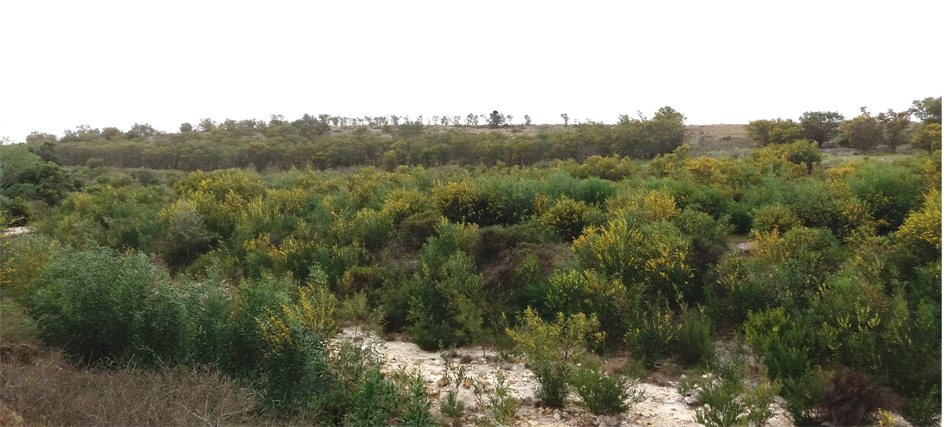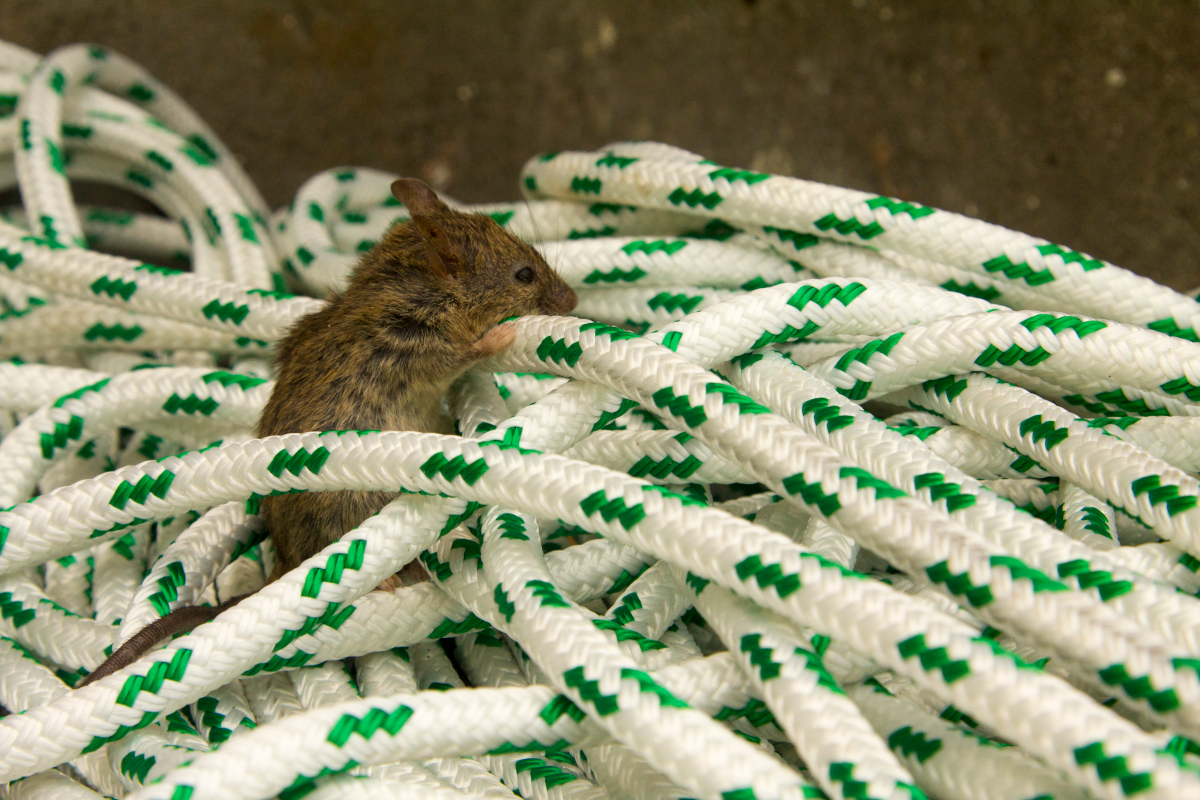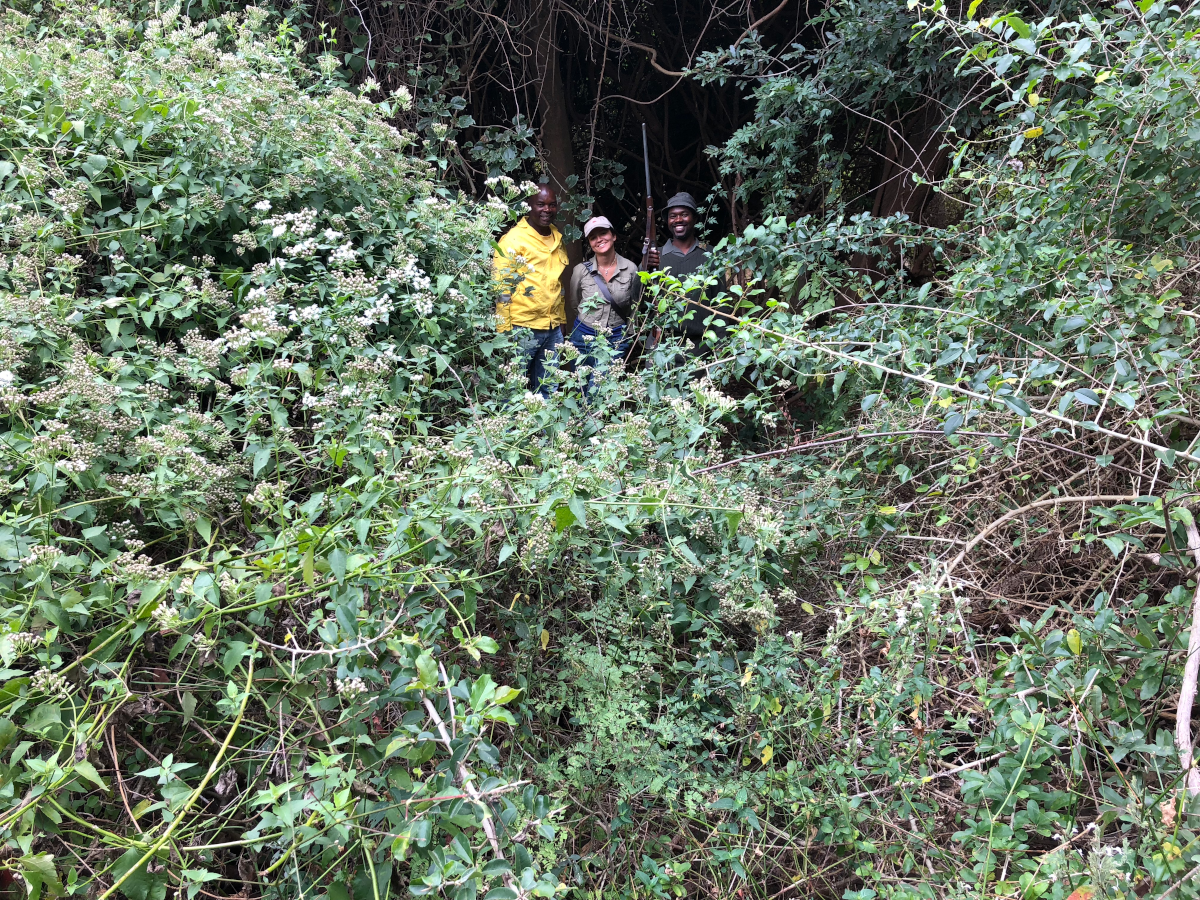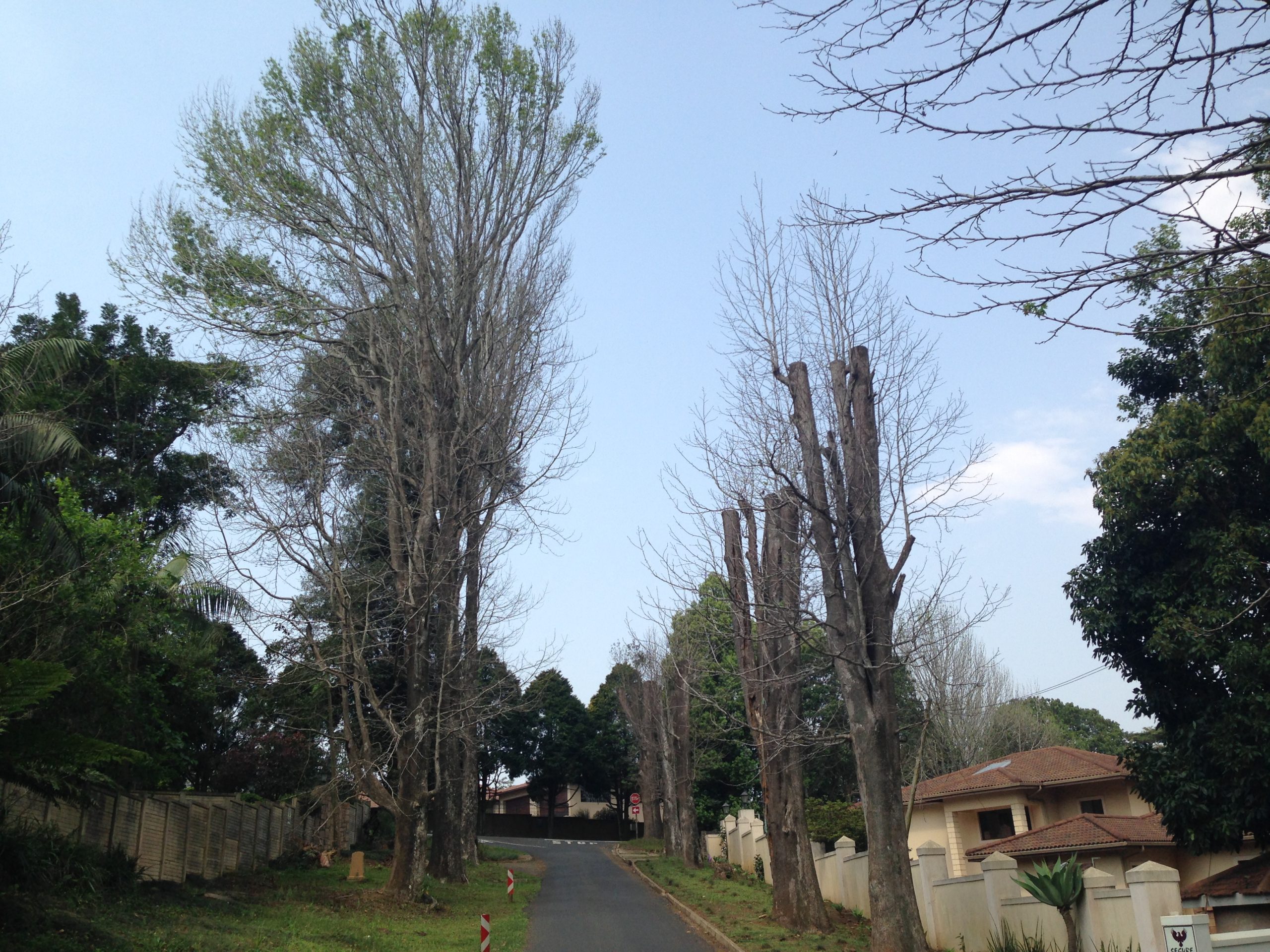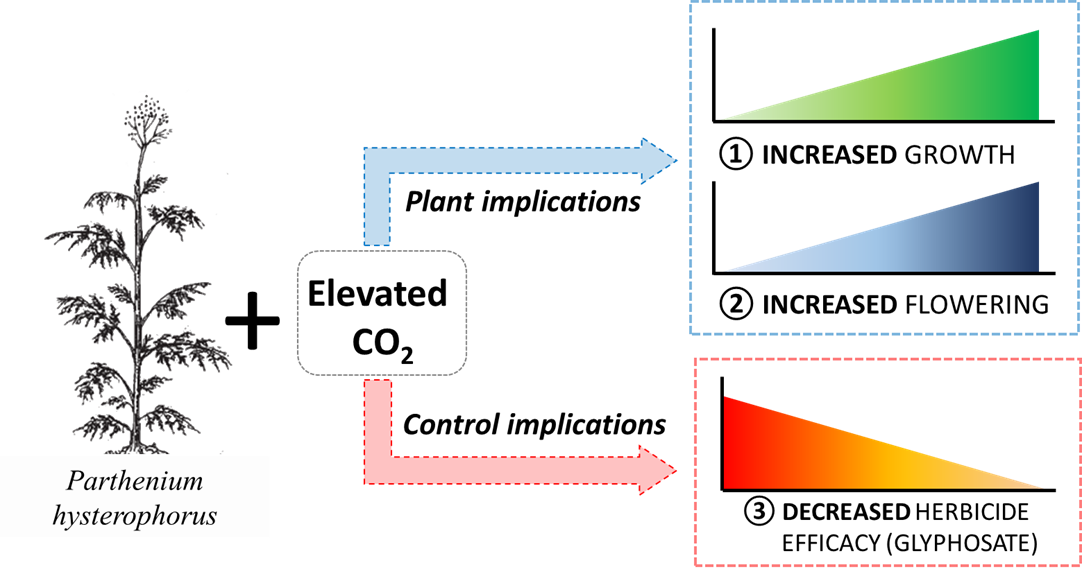Satellite solutions: Can remote sensing improve our understanding of alien plants distribution?
Invasive Alien Plants (IAPs) pose major threats to South Africa’s biodiversity, ecosystems and water resources. The availability of moderate resolution satellite data offers invasion scientists an opportunity to map and monitor the spread of IAPs, thanks to technological advances in satellite remote sensors.

